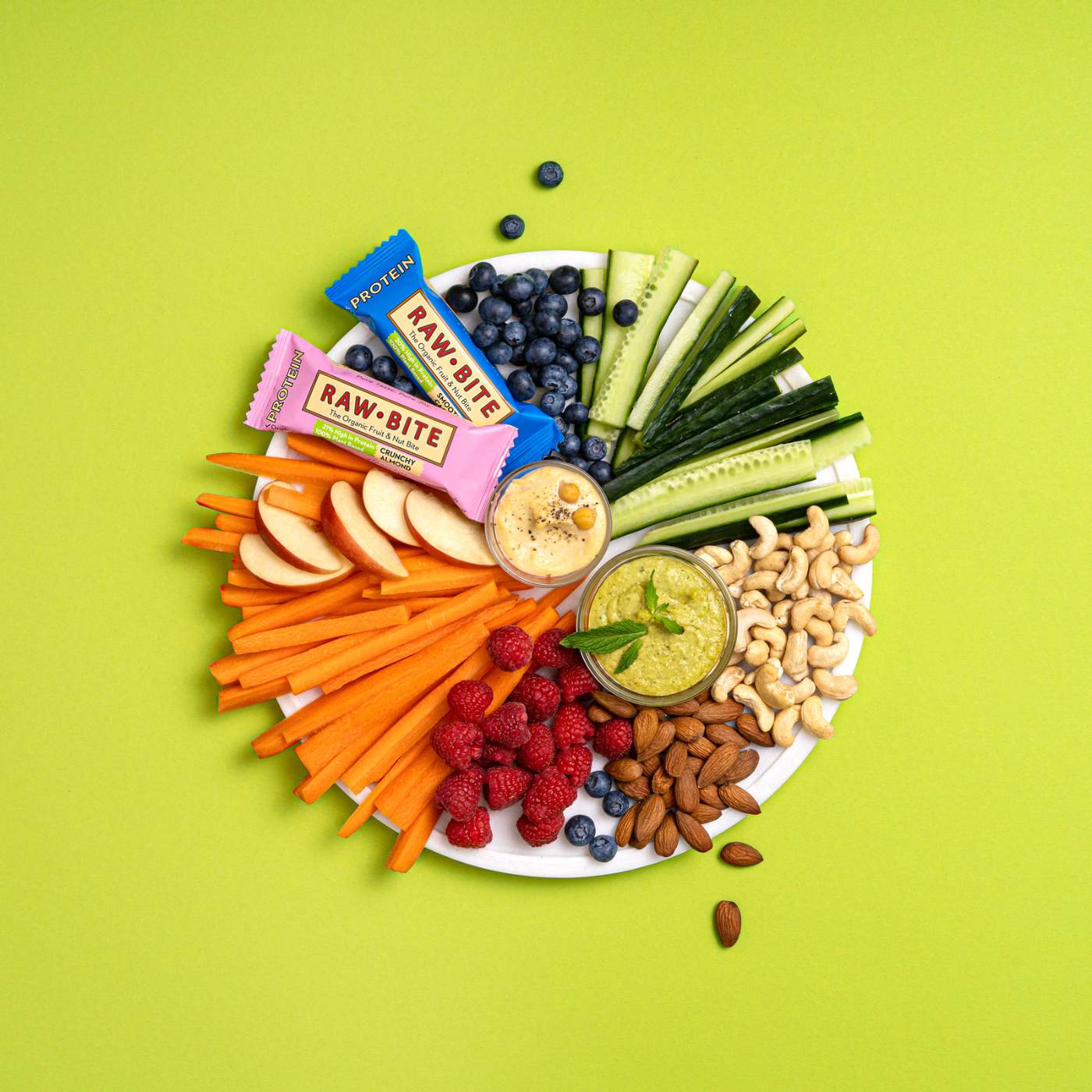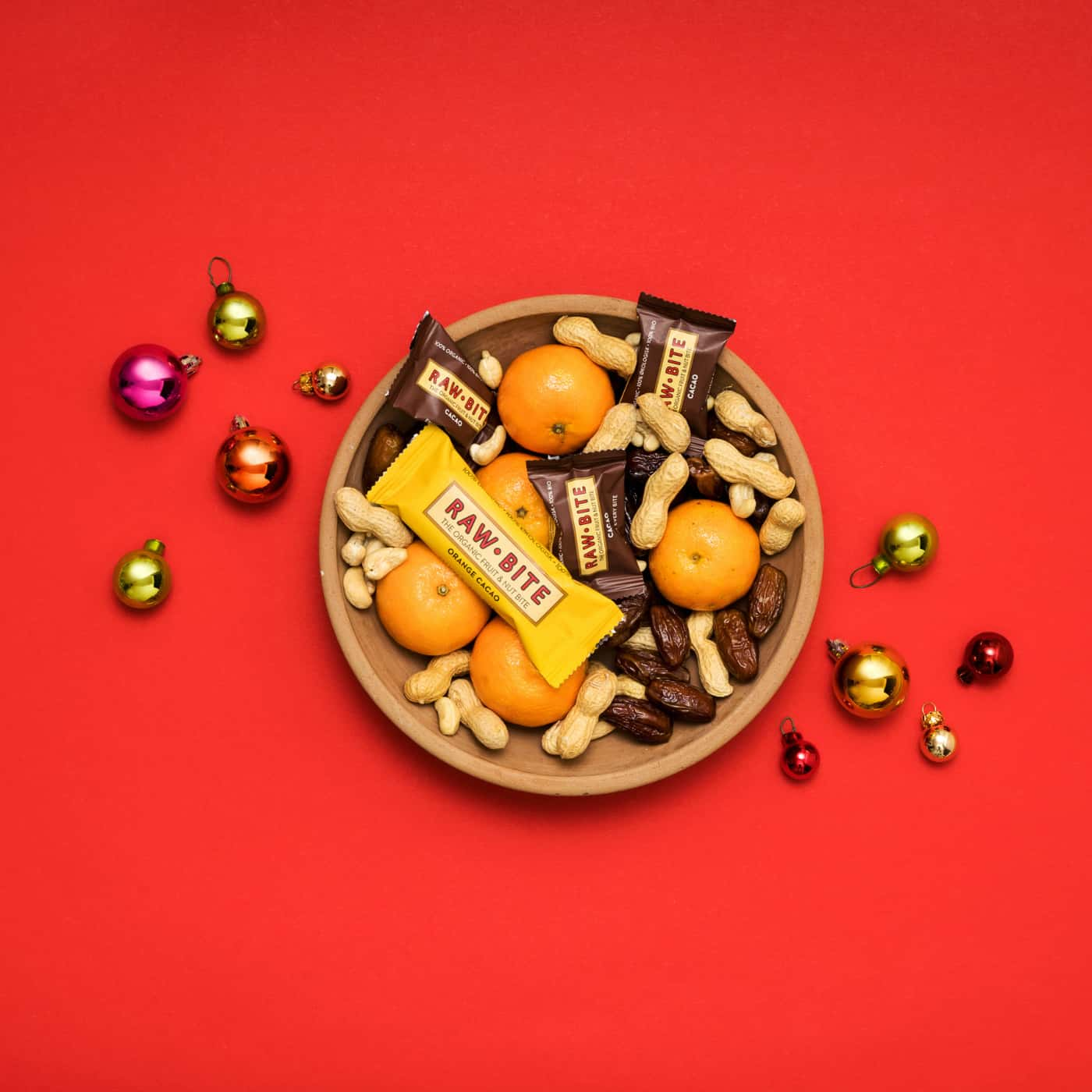Have you ever bitten heartily into a biscuit, convinced it was packed with chocolate chunks only to be disappointed because they were actually raisins? Here are some interesting facts that may make you look at these dried fruits in a slightly different, more friendly light.
The term raisin refers to all kinds of dried grapes. Raisins can be eaten raw, in sweet and savoury dishes and they add a lovely twist to all kinds of recipes.
The drying process: how are raisins made?
To make raisins, you need to dry grapes. As they dry – either naturally in the sun, in the shade or under controlled conditions in a dehydrator – their water content drops to below 20%. (1, 2)
During this process the fruits change colour, taking on the typical dark brown hue that we all associate with raisins. But – and there’s always a but ☺ – the colour, the flavour and the size can vary depending on the type of grape. (2,3)
What types of grapes are used to make raisins?
The world of grapes is incredibly wide and diverse. Worldwide, several grape varieties are used to make raisins. One of the best known is Thompson Seedless (also known as a sultana), which William Thompson bred in 1872 by combining cuttings of a seedless English grape with a Muscat grape. (3,4)
Thompson Seedless is widely grown, especially in California. After harvesting between August and September, about 70% of the grapes grown there are used to make raisins. (3)
The Greek city of Corinth lent its name to another well-known variety. The dark grapes used to make currants are the Greek grape variety Korinthiaki. (1)
As well as Greece and the USA, other countries that produce raisins include Turkey, Australia and South Africa. (5)
So what’s the difference between raisins, sultanas and currants?
If you ever set off to buy raisins and found yourself faced with an overwhelming choice of different colours and sizes without knowing the difference, here’s our handy guide to identifying raisins.
The difference between raisins, sultanas and currants lies in the variety of grape used and how the grapes are dried. Raisins are made from a selection of grape varieties. They are slightly darker, have a soft consistency and a sweet taste. Sultanas are dried naturally and are usually smaller than raisins. They are made using the green Thompson Seedless variety and are usually dipped in an oil-based solution before drying to shorten the process. Sultanas often have a lighter colour and are smaller and fruitier than raisins.
Currants, on the other hand, are made with dark, less sweet grapes with an intense, slightly tart flavour. (6)
DIY raisins
Did you know that you can make your own raisins? All you need are some grapes (without the stems). Wash the fruit and pat dry, then place on a tray, ideally with slats or holes to allow air to circulate around the fruit. Place in a warm, dry place and turn them from time to time. After 3-4 days they should be sufficiently dry. Alternatively, you can also dry them in an oven at a low temperature for roughly four hours. (7)
If you don’t want to enjoy your raisins in porridge, salad, rice or cakes, then why not snack your way through our RAWBITE varieties (LINK)? Unlike biting into what you thought was a chocolate biscuit we guarantee you won’t be disappointed! ;)
Pure Taste. Pure Joy.
Sources:
- https://de.wikipedia.org/wiki/Rosine
- https://www.britannica.com/topic/raisin
- http://www.ucanr.org/sites/intvit/files/24430.pdf
- http://www.madehow.com/Volume-4/Raisins.html
- http://www.ucanr.org/sites/intvit/files/24430.pdf
- https://www.healthline.com/nutrition/raisins-sultanas-currants#nutrition-comparison
- https://www.wikihow.com/Make-Raisins








